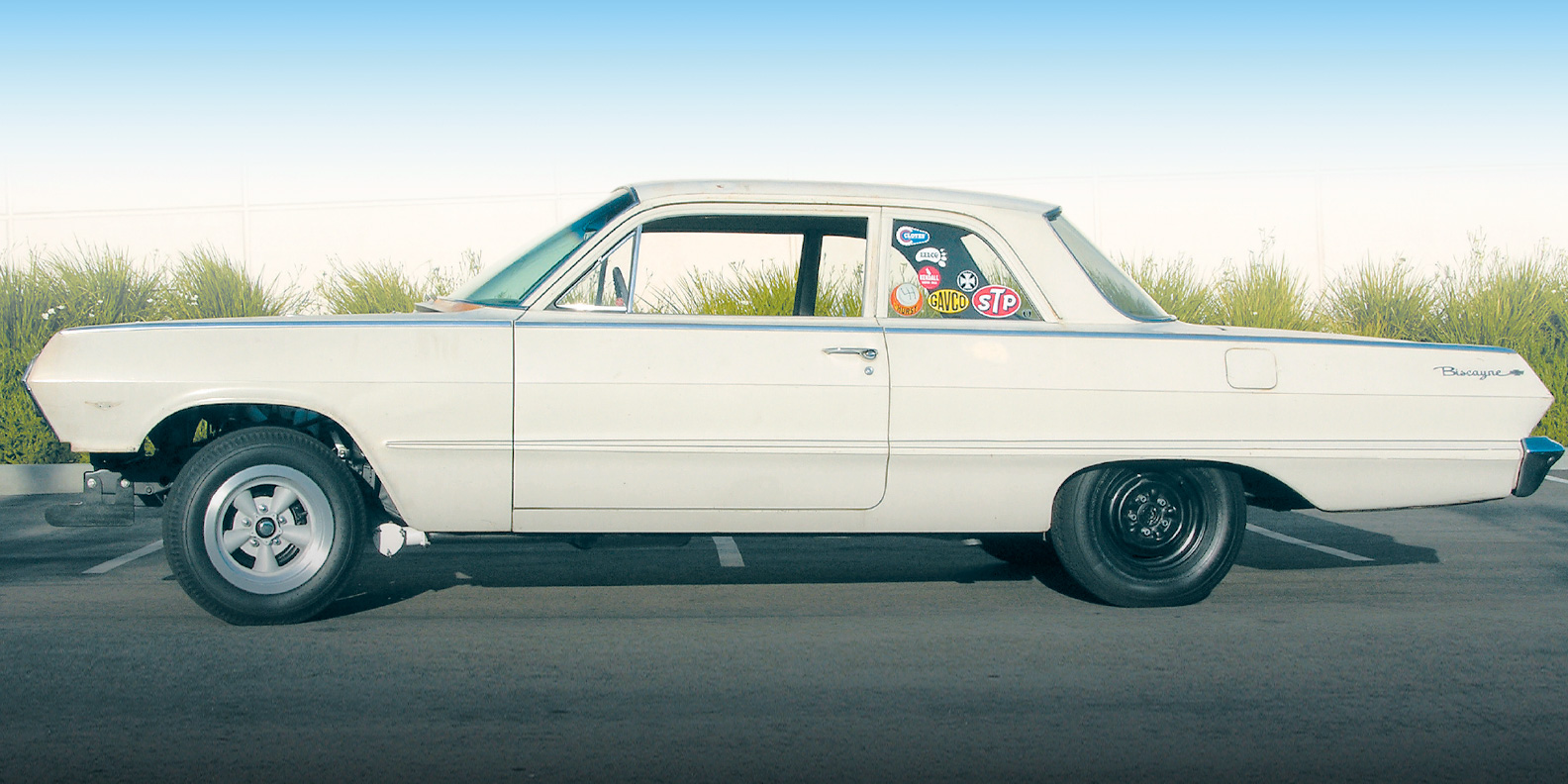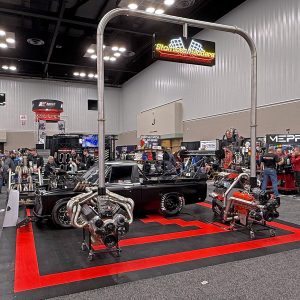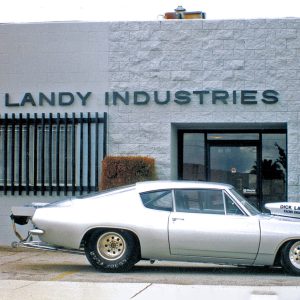FIXING A DASH IN THE TRADITIONAL MANNER
Using the traditional lead method for body repair is a dying art but, for the traditionalist, it’s still the best method to use.
Before plastic body fillers, such as Bondo, were invented and widely utilized in automotive repair circles, lead filler ruled the roost. Car manufacturers used lead to seal seams, body shops used it to make repairs, and hobbyists had to learn the art form if they wanted to make their own modifications. Plastic body fillers really took over once they proved to be quicker and easier to use. When used properly (not globbed on to reshape panels or used to fill inch-deep wounds), plastic body filler is actually decent stuff. But if you’re a purist, and you want your car to be all metal underneath, the only way to go is with lead. The problem is that hardly anyone uses lead anymore, and the techniques don’t get passed down from generation to generation, as they once did. So it has become a lost art.

Trying to find a hot rod shop that will build your car using lead can be a very arduous task. We, however, have watched Rosendo Galvez at Nick’s Old Car Specialties work on some very high-dollar street rods (and Rolls Royce’s too) using the old-world skills of a lead craftsman. We asked Galvez to let us watch as he worked with lead and give us some basic tips for those of you who are interested in trying the technique.
Galvez had a dash that he wanted to add some character to, and it proved to be a perfect part to show us how he works with lead. Some of the most interesting tips Galvez gave us included saving money in the process of using lead. For example: you can pay as much as $120 for thinner with lead already mixed into it. Galvez instead buys the standard $40 thinner and mixes in his own lead shavings from the work he does on various parts. He also melts down his shavings and reforms them into lead sticks using molds, so he’s ready to go on the next job. There’s virtually nothing wasted with these two tips.
So, let’s move on and see what steps the master craftsman at Nick’s Old Car Specialties uses to work on street rods with good old-fashioned lead.
















